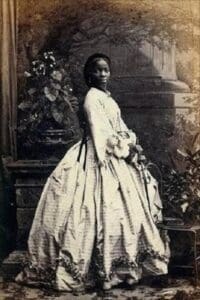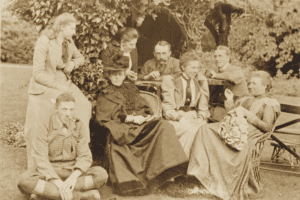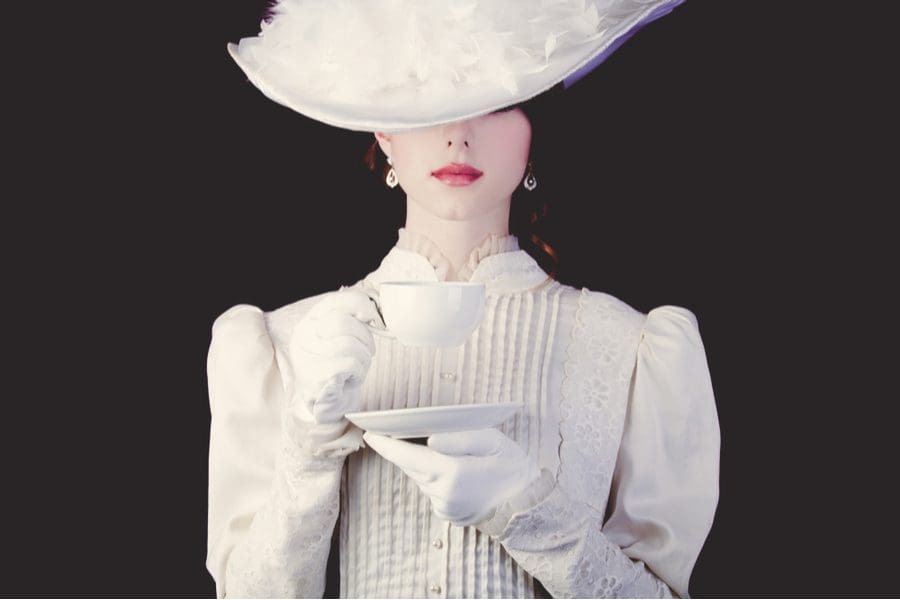We often talk about how fashion cycles through the ages. If you’ve lived long enough, you’ve seen this happen. But the Victorians were a different breed, and we are praying to the fashion gods that their trends don’t come back – or at least the ones we’re discussing today.

(image via all things interesting via wikimedia commons)
Showing your hands throughout the Victorian Era was basically the same as showing your bosoms today. Because of that, most Victorians wore gloves all day. They would wear lighter, more casual ones during the day; then, they would change to “evening wear” gloves at night.
Women were expected to change their clothes multiple times a day. Sounds exhausting, right? But changing several times a day was a way to show off your social status. Some women could afford to have several dresses in their closet – and some couldn’t. In the morning, women would don what they considered a simple dress, but even their simple dresses were significantly restricting.
Next, a walking dress for a lovely park stroll. These dresses were shorter and did not have a train to allow for more mobility. After a stroll, it was time to change into an afternoon dress, worn when company stopped by and consisted of a longer train and lower neckline. Once guests were gone, it was time for the dinner dress, which was much more formal: the skirts often touched the ground, and the most common textiles were satin and velvet.
Victorian ball gowns were extravagant. The sleeves were short, and the trains were extremely long, some measuring around 65 inches. Since dances were popular among the Victorians, trains would often have to be pinned up.

(image via who magazine)
As morbid as it sounds, attending funerals was common during this era. Think about it: no vaccinations or modern-day plumbing, and many things were even laced with arsenic. So Queen Victoria set some rules for women in mourning: They were to wear black crepe. Jewelry was not encouraged unless it served a functional purpose. Now, for a mere funeral, this sounds doable, but women would often be in mourning for several years. If these rules weren’t followed, it was said to be disrespectful to the deceased.
Makeup was not worn during the Victorian Era unless you were an actor or a prostitute. The trick was not to be seen purchasing makeup, which means women had to get creative and play it off as if they weren’t wearing any. So you could say that Victorians started the whole “no-makeup makeup” trend.
Sources:
Matthews, Mimi. A Victorian Lady’s Guide to Fashion and Beauty. Barnsley: Pen and Sword Books Ltd, 2015.






